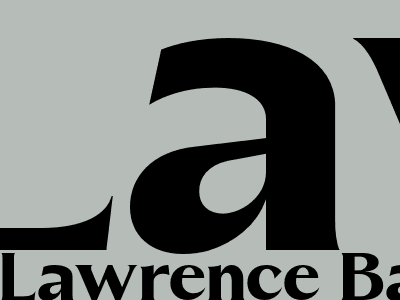
SEO Best Practices: A Comprehensive Guide for Beginners
Introduction
Search engine optimization (SEO) is the process of improving the visibility and ranking of a website or web page in search engine results pages (SERPs). By following SEO best practices, you can increase the chances of your website being found by potential customers and clients.
On-Page SEO
On-page SEO refers to the optimization of individual web pages to improve their ranking in SERPs. This includes elements such as:
- Keyword research: Identifying the keywords and phrases that potential customers are searching for
- Content optimization: Creating high-quality, informative content that is relevant to the target keywords
- Meta tags: Writing descriptive meta titles and meta descriptions that accurately summarize the page's content
- Image optimization: Using alt tags to describe images and help search engines understand their content
Off-Page SEO
Off-page SEO refers to the optimization of external factors that can influence a website's ranking in SERPs. This includes elements such as:
- Link building: Acquiring high-quality backlinks from other websites to improve the website's authority and credibility
- Social media marketing: Promoting the website and its content on social media platforms to increase visibility and engagement
- Local SEO: Optimizing the website for local search results, such as those displayed in Google Maps
Technical SEO
Technical SEO refers to the optimization of the website's technical infrastructure to improve its performance in SERPs. This includes elements such as:
- Site speed: Ensuring that the website loads quickly and efficiently
- Mobile optimization: Making the website easy to navigate and use on mobile devices
- Security: Implementing security measures to protect the website from hackers and malware
Conclusion
By following SEO best practices, you can improve the visibility and ranking of your website in SERPs,从而增加潜在客户和客户找到你网站的可能性。持续监测和调整您的 SEO 策略对于在不断变化的数字环境中保持领先至关重要。通过实施这些最佳实践,您可以显着提高您的网站的在线影响力。